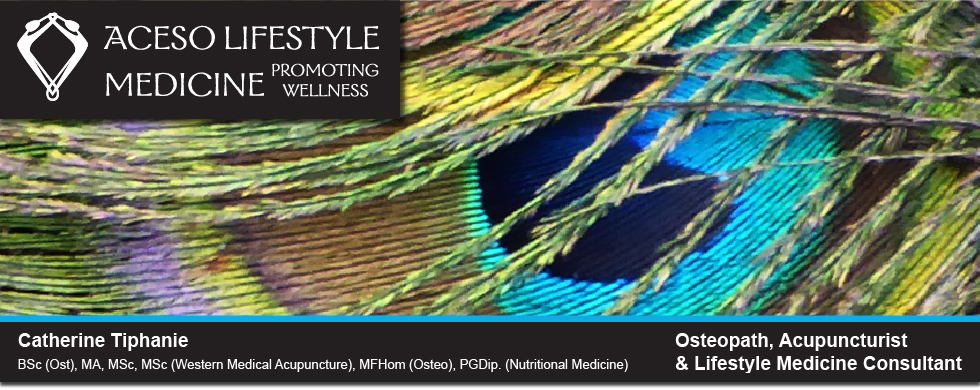
Osteopathy
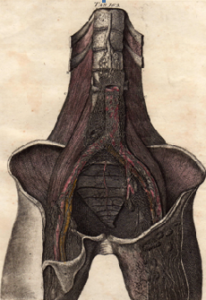 Osteopathy looks at the structure (anatomy) and function (physiology) of the human body.
Osteopathy looks at the structure (anatomy) and function (physiology) of the human body.
Osteopaths consider that if your body is to function well, its structure must also be in good working order.
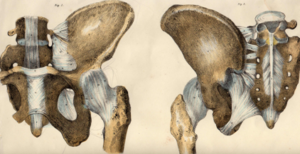
What does an Osteopath do?
Osteopaths work to restore the patient’s body to a state of balance, where possible without the use of drugs or surgery. Osteopaths use touch, physical manipulation, stretching and massage to:
- increase the mobility of joints
- relieve muscle tension
- enhance the blood and nerve supply to tissues
- help the body’s own healing mechanisms
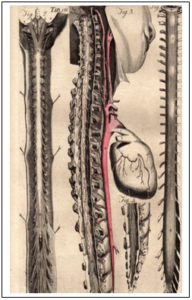 Osteopaths can use a variety of techniques, depending upon their individual training. These range from the stronger techniques of structural osteopathy, to the very gentle techniques of cranio-sacral osteopathy.
Osteopaths can use a variety of techniques, depending upon their individual training. These range from the stronger techniques of structural osteopathy, to the very gentle techniques of cranio-sacral osteopathy.
Osteopaths also provide advice on posture and exercise to aid recovery; and to promote health and prevent symptoms recurring.
Who does an Osteopath treat?
Many different people visit an Osteopath. Typical patients include:
- young people as well as more mature people
- manual workers
- office professionals
- pregnant women
- children
- people with sports injuries
Every patient receives an individual assessment of their symptoms and their treatment programme is based upon what is suitable for that person.
Some patients require the stronger techniques of structural osteopathy; whereas for others, the very gentle techniques of cranio-sacral osteopathy are more appropriate.
Why visit an Osteopath?
Patients seek treatment for a wide variety of conditions, including;
- back pain
- injuries to joints
- repetitive strain injury
- pain resulting from changes to posture during pregnancy
- postural problems caused by driving or work strain
- the pain of arthritis
- sports injuries
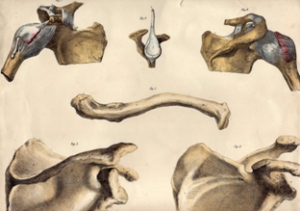
The most recently published guidance from The National Institute for Health and Clinical Excellence (NICE), November 2016, on the treatment of low back pain and sciatica in over 16s, stated:
Consider manual therapy (spinal manipulation, mobilisation or soft tissue techniques such as massage) for managing low back pain with or without sciatica, but only as part of a treatment package including exercise.
This guidance recommended manual therapy – which includes the massage, mobilisation and spinal manipulation practised by osteopaths.
Who can call themselves an Osteopath?
Go To Regulation of Osteopathy
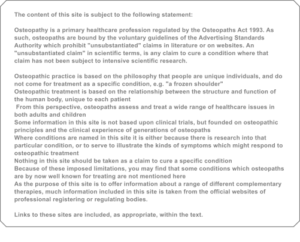
Copyright ©2012 - 2023 Catherine Tiphanie. All Rights Reserved. Privacy Policy
